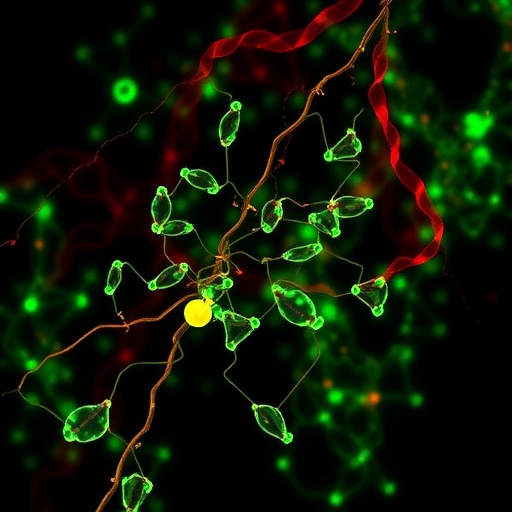Scientists have identified the cluster of genes responsible for reproductive traits in the Primula flower, first noted as important by Charles Darwin more than 150 years ago.
Darwin hypothesised that some plant species with two distinct forms of flower, where male and female reproductive organs were of differing lengths, had evolved that way to promote out-crossing by insect pollinators.
His ground-breaking insight into the significance of the two forms of flower known as 'pins' and 'thrums' coined the term 'heterostyly', and subsequent studies contributed to the foundation of modern genetic theory.
And now scientists at the University of East Anglia, working at the John Innes Centre, have identified exactly which part of these species' genetic code made them that way, through an event that occurred more than 51 million years ago.
Prof Philip Gilmartin from UEA's School of Biological Sciences said: "To identify the genes which control the biology noted by Darwin is an exciting moment. Many studies have been done over the past decades to explore the genetic basis of this phenomenon but now we have pinpointed the supergene directly responsible, the S locus."
Supergenes are clusters of closely-associated genes which are always inherited together as a unit and allow complex biology to be controlled. Researchers worked with the Earlham Institute to map the plant's genes and sequence the Primula genome to find the specific gene cluster responsible for creating the differing flower morphs.
Prof Gilmartin said: "Not only did we identify the supergene but we found it is specific to just one of the flower forms, the thrum. This insight has profound implications for our understanding of a key evolutionary innovation of flowering plants.
"Understanding of the genetics which underpin flower development and reproduction of a species broadens our knowledge about the entire system of pollination, which underpins biodiversity and food security.
"With challenges such as climate change and its effects on plants, crops and their insect pollinators, it's even more important to understand pollination mechanisms and how species can and will react.
In their hunt for the genes controlling heterostyly, researchers also managed to date the original mutation, to 51.7 million years ago.
Having found the S locus, they realised the gene was a close relative to another, identified six years ago as responsible for controlling the identity of petals on a Primula flower.
At some point this gene duplicated, inserted itself in the S locus, and mutated to control the position of the anther in the flower. Finding this duplicated gene allowed the team to date how long ago the mutation occurred for the first time.
Prof Gilmartin has been researching the origins of heterostyly for a large part of his career. He said: "This study answers some of the crucial questions that have been asked since Darwin's time, and for me since I bought my first packet of Primula seeds twenty years ago."
###
The study 'Genetic architecture and evolution of the S locus supergene in Primula vulgaris' is published in the journal Nature Plants, on Friday 2 December 2016.
Media Contact
Lucy Clegg
[email protected]
44-016-035-92764
@uniofeastanglia
http://comm.uea.ac.uk/press
############
Story Source: Materials provided by Scienmag




